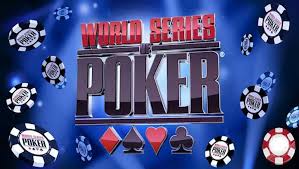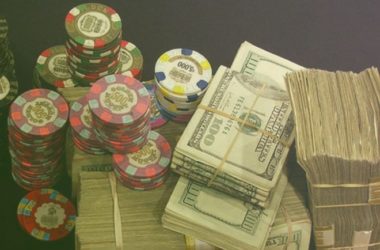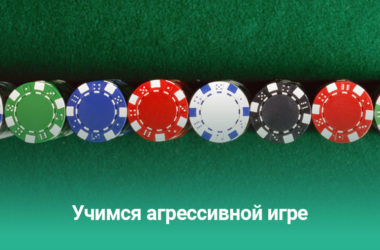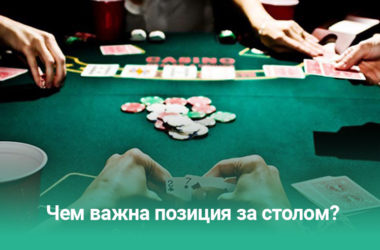Poker has developed rapidly in recent years. So much so that many strategic resources, including some books, videos, and digital content, are out of date.
The most obvious change is that old-school players made their millions on exploitative play, while almost all of the players who make millions now depend on poker theory - mixed exploitative play - to take their game to the next level.
John Nash developed game theory as a branch of mathematics at Princeton University around 1950. As poker has grown in popularity over the past 15 years, players have improved dramatically, so it is very difficult to consistently win without having the right knowledge base.
From a mathematical point of view, the complexity of poker is very high - from the specific hand you open from each position to the seemingly unimportant river check in a small pot, every decision affects your winnings as a poker player. This can be measured by the expected value (EV). If the decision is profitable, it is called + EV, and if it is not profitable, it is EV.
A very simple example of a theoretically balanced strategy is when a player uses a range of open raising hands. Below is an example of a typical opening range for a UTG player (first to act).
Obviously this is a lucrative play to raise our very strong UTG hands, but playing these hands alone would be too predictable. By raising with less profitable hands like 9s8s or 6h6c, we balance our starting range, making it harder for us to play. Thus, we can still get a very strong hand when the flop falls low or medium, as shown below.
You may wonder why it is so important to play a strategy based on game theory where most of your money will come from using weaker players or players who are simply not paying attention.
From a GTO perspective, your hand review sessions should include an analysis of how hands were played objectively. From this perspective, you can decide if you've balanced your range. Moreover, from a GTO perspective, you should know what you will do with any hold in any given situation, not just the two cards that were actually dealt to you. Thus, during the review sessions, you should ask yourself what you could do with the various assets.
If you are betting on value in certain situations, you should also bet as a bluff with other hands in your range so that your opponent is not sure if you are betting on value or as a bluff. If you are only betting valuable hands on a specific river, your opponent can profitably fold every time he knows you have a trade. On the other hand, if you bluff too often in certain situations, your opponent may call profitably every time, knowing that you have less chance of a strong hand.
On the river, you bet $ 100 into a $ 100 pot, so your opponent must call $ 100 to win $ 200. So your opponent gets 2 to 1 pot odds and needs to win at least 33% time to get around losses.
This quick calculation shows the optimal proportion of bluffs in your 33% river betting range (one bluff for every two value bets). This frequency is optimal because it allows you to win the pot most often without the possibility of opposition.
Bluffing Scenarios and Using GTO
Let's check out 4 different bluff scenarios to evaluate the bet, so you can understand why a 33% bluff range and 66% bets is the best GTO option, and your opponent can't do anything about it.
If your opponent calls 100% of time, you win $ 200 when you bet on value and lose $ 100 when you bluff. This results in you only winning $ 50 with a betting range if your opponent always calls (50% * $ 100 = $ 50 50% * $ 200 = $ 100. $ 100 - $ 50 = $ 50).
If your opponent always calls, you win again $ 200 when betting on value and lose $ 100 when bluffing. This time, however, you only lose $ 100 on 33% occasions and win $ 200 on 67% occasions, resulting in a net profit of $ 100 (33% * $ 100 = 33 67% * $ 200 = $ 133. 133 - $ 33 =). $ 100).
You make a profit of $ 100 regardless of whether your opponent calls or folds. This win-win scenario is only possible with a perfectly balanced range. Your opponent is indifferent to calling and folding because no matter which option he chooses, your range is equally profitable.
Adjusting this ratio to exploit weak players may be even more beneficial, but this requires careful and correct adjustments based on solid evidence. If you want to raise the stakes and really ruin the game in the long run, it's important to understand the GTO based strategy.
Ideally, you should somehow determine where the "leveling" process should end, that is, determine the level at which your opponent is playing, and then adjust accordingly. But the reality is that this process is unreliable against weak players. And against more experienced players, this could, in theory, repeat itself until the end of time, when both players try to surpass each other's level of thinking.
We mere mortals can avoid this situation by using a bluffing strategy influenced by GTO, which prevents us from getting confused and starting to equal on the flop without equality.
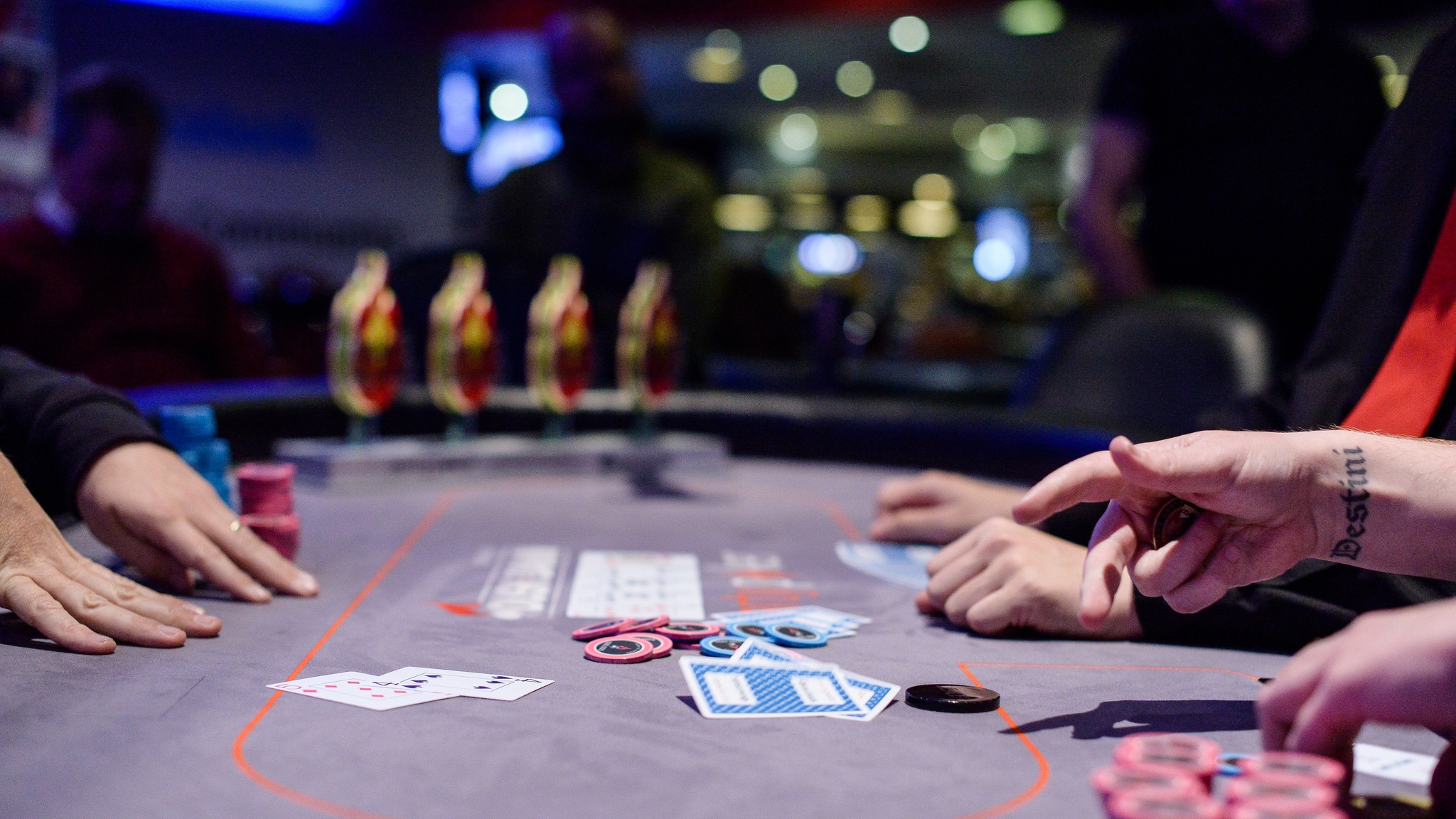
Another advantage of the GTO approach to poker is that it prevents other players from potentially making the wrong assumptions. Of course, some assumptions can be made if you have played against someone with a sufficient sample of hands, but very general assumptions can be costly.
For example, you shouldn't say things like "this is NEVER a bluff" or "he ALWAYS does it here." Likewise, you should not assume that an unknown opponent cannot have a certain hand in their range, or that they open very wide or very tight.
Many players mistakenly judge how they played a hand by its outcome. But the further a player progresses in his poker career, the more he realizes that he does not seek to see results in a vacuum.
However, objective thinking can be difficult, especially when the hand is either very bad or really good. Just because you hit a full house on the river and outflank your opponent doesn't mean the call was the right decision.
Once you've decided on the right GTO strategy in a specific location, apply it to your post-session analysis to see if you've made a long-term profitable play with your range, not just your 2 hole cards.
Every successful poker player knows that admitting your mistakes is absolutely essential to playing well. Game theory provides the basis for easier error recognition.
Let's say you've just forgotten everything you know about poker strategy other than basic knowledge of the game, and you're just about to play your first hand.
How do you feel about an aggressive button line with a weak top pair? How could you adapt to exploit it in the future? Well, without understanding the theoretically correct way to play your particular hand, you wouldn't know where to start.
On the other hand, if you know the theoretically correct way to play A2o in the button situation, then you know how it deviates from it. This knowledge makes it easy to find ways to use this adversary.
Too often, understanding the theoretically optimal way to play a hand makes it easier to exploit your opponents, because you know exactly how they deviate from optimal. When you don’t know what’s right, it’s almost impossible to figure out what’s wrong?
The quest for the perfect GTO strategy may seem like a logical conclusion, but the truth is that nobody is playing a strategy that is optimal for game theory. Poker has not yet been decided by man or machine, but we still strongly recommend using game theory to influence your strategy as much as possible. As always, this means that you have to work on your game, both during the battle and outside the game.
This article is a quick rundown of how game theory is applied to poker, but hopefully you've learned something from this, or at least gotten more curious about how to design your game in line with game theory concepts.
